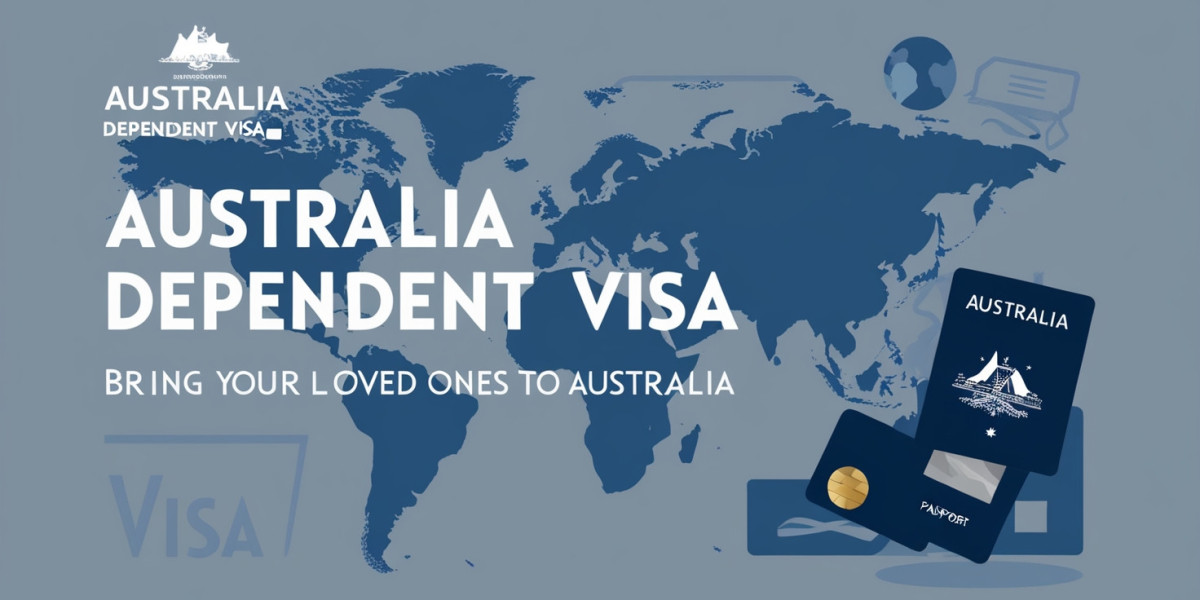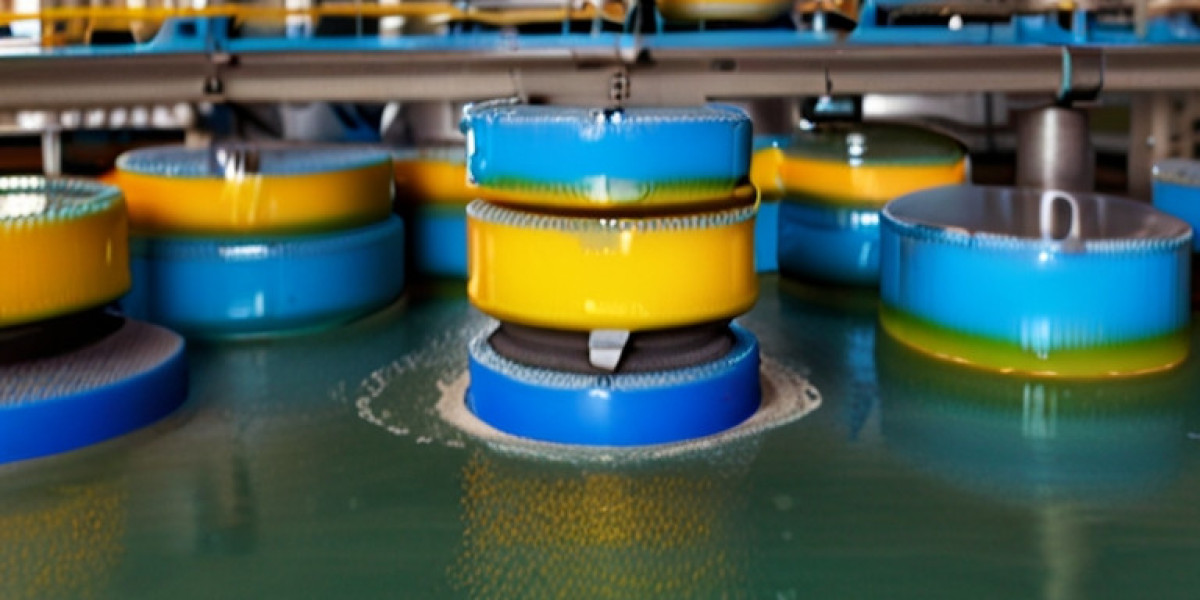If you are currently living or planning to move to Australia and want to bring your loved ones along, the Australia Dependent Visa offers the perfect solution. Whether you're a student, skilled worker, or permanent resident, this visa category allows your immediate family members, including spouses, partners, and children, to join you in Australia.
What is an Australia Dependent Visa?
The Australia Dependent Visa is designed to reunite families by enabling dependents of eligible visa holders to live, study, or work in Australia. It applies to those holding visas such as student visas, skilled worker visas, or permanent residency. The dependent visa provides both temporary and permanent residency options based on the principal visa holder's status.
Who is Eligible?
The Australia Dependent Visa covers a wide range of family members, including:
Spouse/Partner: Your legal spouse or de facto partner is eligible to apply.
Children: Dependent children under 18 years, or those above 18 who are still financially dependent due to disability or studies, can be included in the visa application.
Each visa subclass has specific eligibility criteria, but in general, the dependents must demonstrate a genuine relationship with the primary visa holder and meet health and character requirements.
Benefits of the Australia Dependent Visa
Applying for the Australia Dependent Visa opens a world of opportunities for your family:
Live Together: Your loved ones can reside in Australia with you while you pursue your career or studies.
Study & Work Rights: Dependents may be eligible to work or study in Australia, depending on the visa subclass.
Access to Healthcare: Dependents may gain access to Australia’s world-class healthcare system under certain visas.
Pathway to Permanent Residency: Some subclasses of the Australia Dependent Visa offer a pathway to permanent residency, securing your family’s future in Australia long-term.
Visa Subclasses for Dependents
Several visa subclasses allow for dependent applications, including:
Student Visa Subclass 500: Dependents of students can apply to live and work in Australia while the primary visa holder is studying.
Skilled Worker Visa Subclass 482/186: Skilled workers can bring their family to Australia, with the option of applying for permanent residency.
Partner Visa Subclass 309/100: This visa allows spouses and de facto partners of Australian citizens or permanent residents to join them.
Application Process
The process of applying for an Australia Dependent Visa involves several steps, including:
Gathering the required documentation, such as proof of relationship, identity documents, and evidence of financial dependency (if applicable).
Completing the online visa application form.
Attending health checks and providing police clearances.
Submitting the application and paying the visa fee.
Why Choose Professional Help?
Navigating the complexities of the Australia Dependent Visa can be overwhelming, with various Subclass Visa options and eligibility criteria to consider. A professional migration agent can guide you through the process, ensuring that your application is accurate, complete, and submitted in a timely manner. This minimizes the chances of delays or rejections, helping you reunite with your family as soon as possible.
Conclusion
Securing an Australia Dependent Visa is a crucial step in bringing your family together in Australia and offering them a stable and prosperous future. With multiple Subclass Visa options available, this visa provides a pathway for dependents to live, study, and work in Australia. By understanding the eligibility criteria and seeking professional assistance, you can ensure a smooth and successful application process. Start your journey today and make Australia your family’s new home.



